Why is my refrigerator leaking water inside? The 7 most common causes and how you can fix them
This is how you can fix the most common causes of leaking water in a fridge, with expert guidance
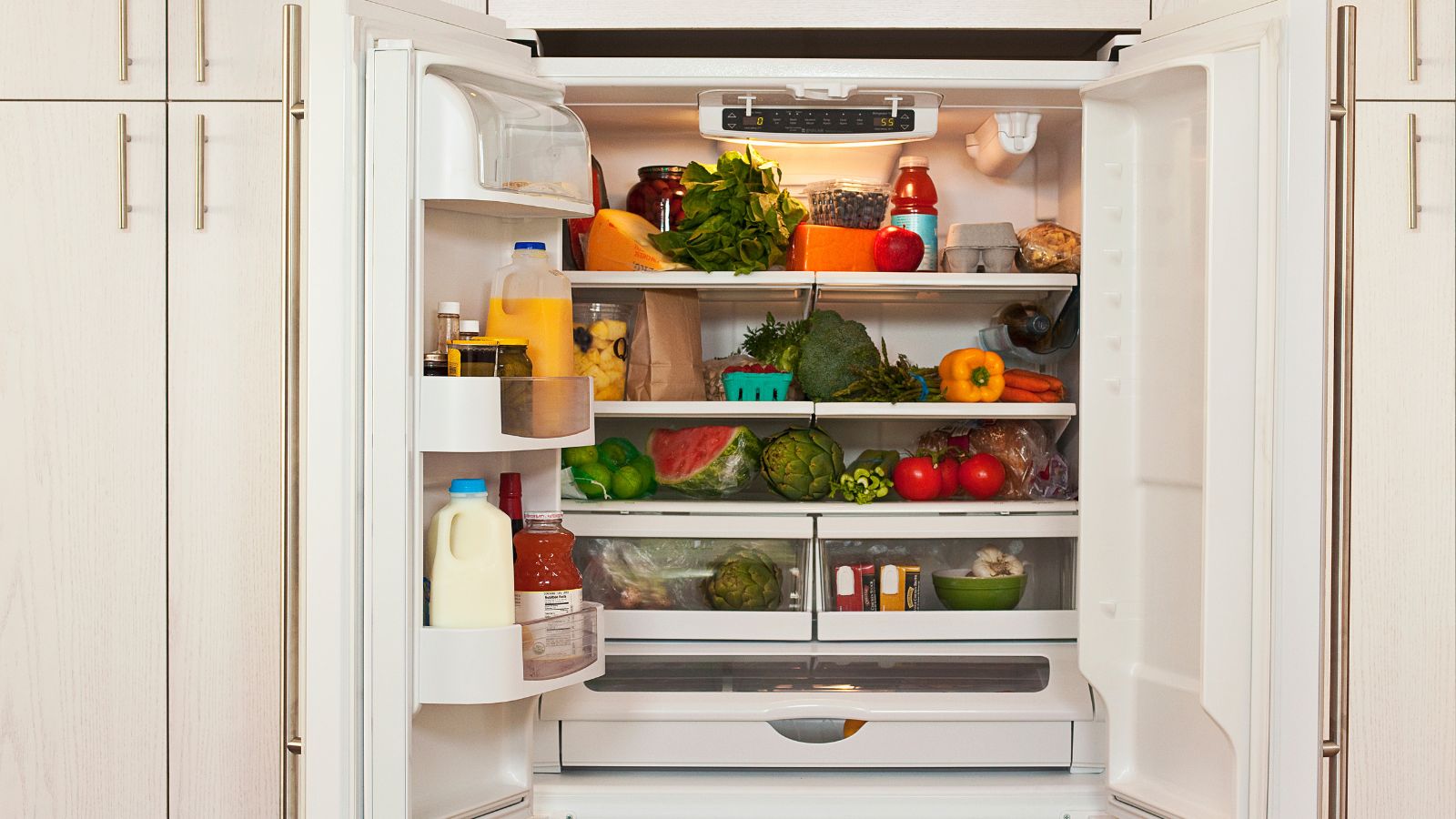
- 1. The defrost drain is blocked
- 2. The water dispenser line is blocked
- 3. The door seal is broken
- 4. A water dispenser tank is cracked
- 5. Your water filter needs to be replaced
- 6. Something else in your refrigerator is leaking, like a carton
- 7. The weather is particularly humid
- Maintenance to prevent internal fridge leaks

A refrigerator leaking water can be a cause of panic but experts assure us there is usually a simple cause and a simple fix that you can do yourself.
Although pools of water in your fridge could be a sign of a blockage or damage, it might just be a sign you need to clean your refrigerator or water dispenser. So an internal leak is less of a worry than when a fridge is leaking water externally all over your floor.
We spoke to appliance experts and professional plumbers to learn the seven most common causes behind your best refrigerator leaking on the inside, and what you can do to fix it.
Why is my refrigerator leaking inside?
Excess pooling water on the inside of a refrigerator may not always be caused by a leak. More often than not, it is caused by a build-up of condensation or a small blockage that can be shifted to help dry the interior of your fridge out and get rid of the ‘leaky’ appearance.
Here is what to look for in a leaky fridge.
1. The defrost drain is blocked
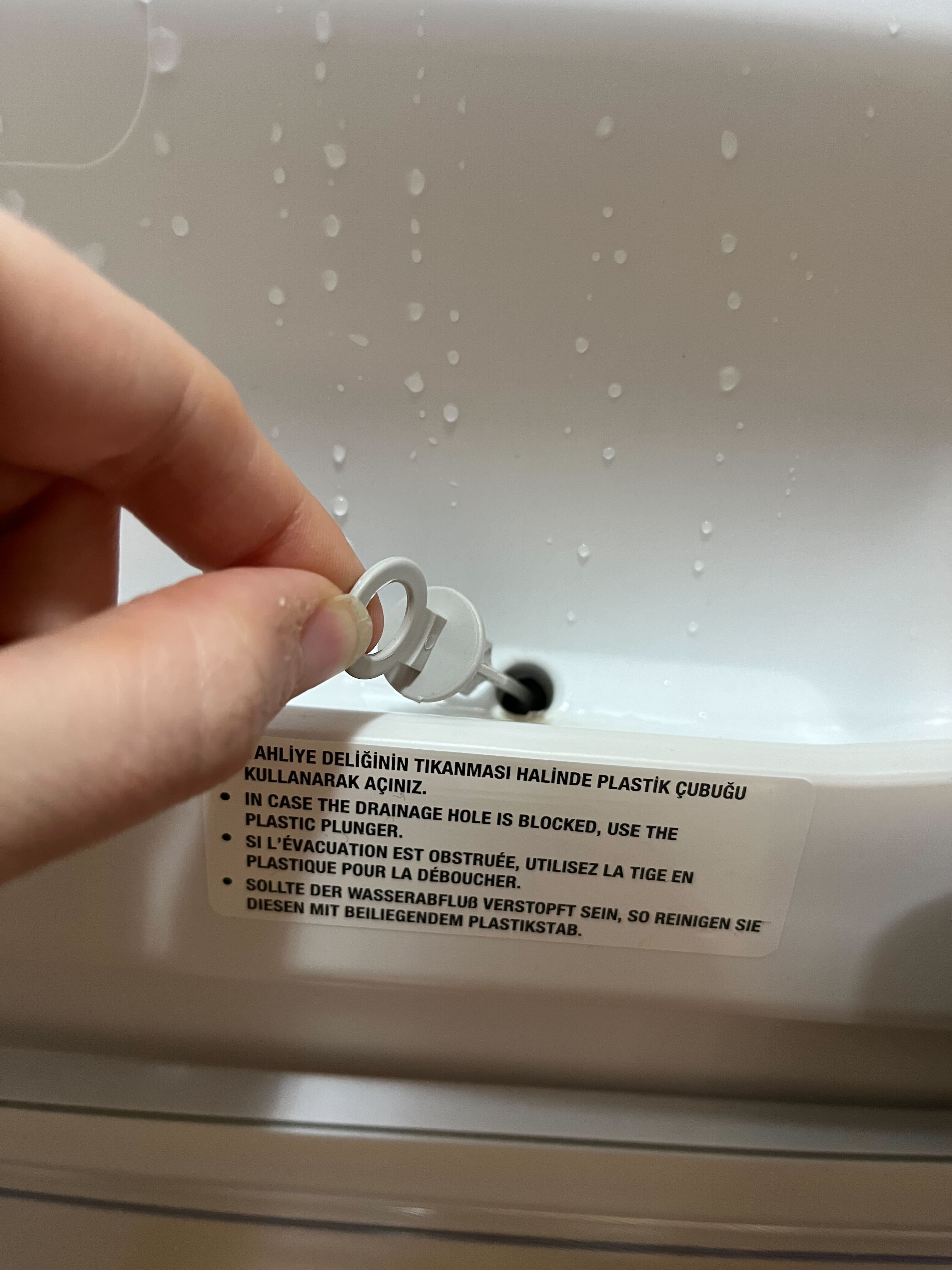
Ron Shimek, president of Mr. Appliance, a Neighborly company begins, 'While a refrigerator can leak inside for several reasons, one of the most common is a blocked defrost drain.' The defrost drain is the small drain tube at the bottom of your refrigerator that carries excess water formed by condensation or melting ice to a drainage pan underneath your appliance. It can usually be found in the middle of the bottom of your fridge.
It may become blocked if you do not regularly clean your refrigerator, or organize a refrigerator poorly and cover the hole. The good news is that this drain is relatively simple to unblock yourself. Your first port of call will be to use the small unblocker tool that is usually found hanging inside the drain. Wiggling this around can often dislodge any ice or debris that is stopping drainage.
Design expertise in your inbox – from inspiring decorating ideas and beautiful celebrity homes to practical gardening advice and shopping round-ups.
If this does not work, turn the refrigerator off and remove all the food and products from the refrigerator, as well as remove any shelves if necessary to access the drain.
Then, carefully pour a small amount of warm (not boiling) soapy water down the hole to melt any blockages. You may also want to try using a turkey baster, available at Amazon, or a syringe to help force water at pressure down the drain to remove blocks.
‘An issue like a clogged drain that isn't cleared by warm water will require a service professional to repair,’ warns Ron Shimek, however, as this indicates something solid like food, grease, or dirt is blocking the drain.
2. The water dispenser line is blocked
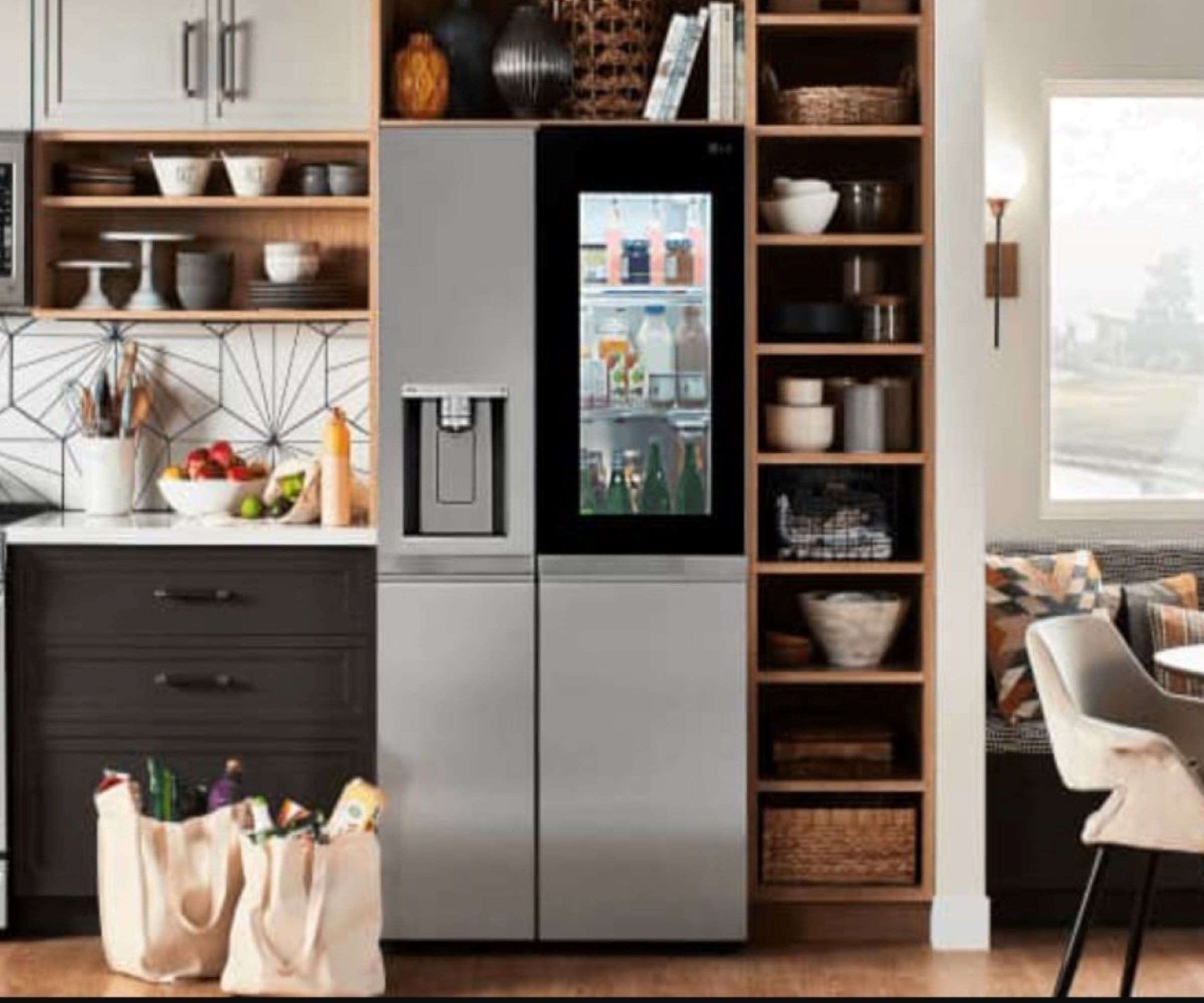
Water dispensers are wonderful refrigerator accessories, but they are prone to breaking down over time leading to small leaks. To check a water dispenser line for damage, turn off the fridge and turn the shut-off valve to stop water from moving to your appliance. The location of the valve will depend on the make and model of your fridge, so it is worth checking the manufacturer's instructions.
With the valve turned off, slowly work your way down your supply line, checking for noticeable cracks or splits. If you cannot see any physical damage then it is likely an ice block. This can be resolved by leaving the refrigerator turned off for a few hours to allow it to melt. Remember to place some towels around the base of the fridge to collect any water that drips away as it defrosts.
‘Any issues with a perpetually leaking or blocked water line will likely need to be addressed by a service by a reputable appliance repair company in your area,’ recommends Ron Shimek. ‘This is especially important if you notice the line has substantial damage.’
3. The door seal is broken
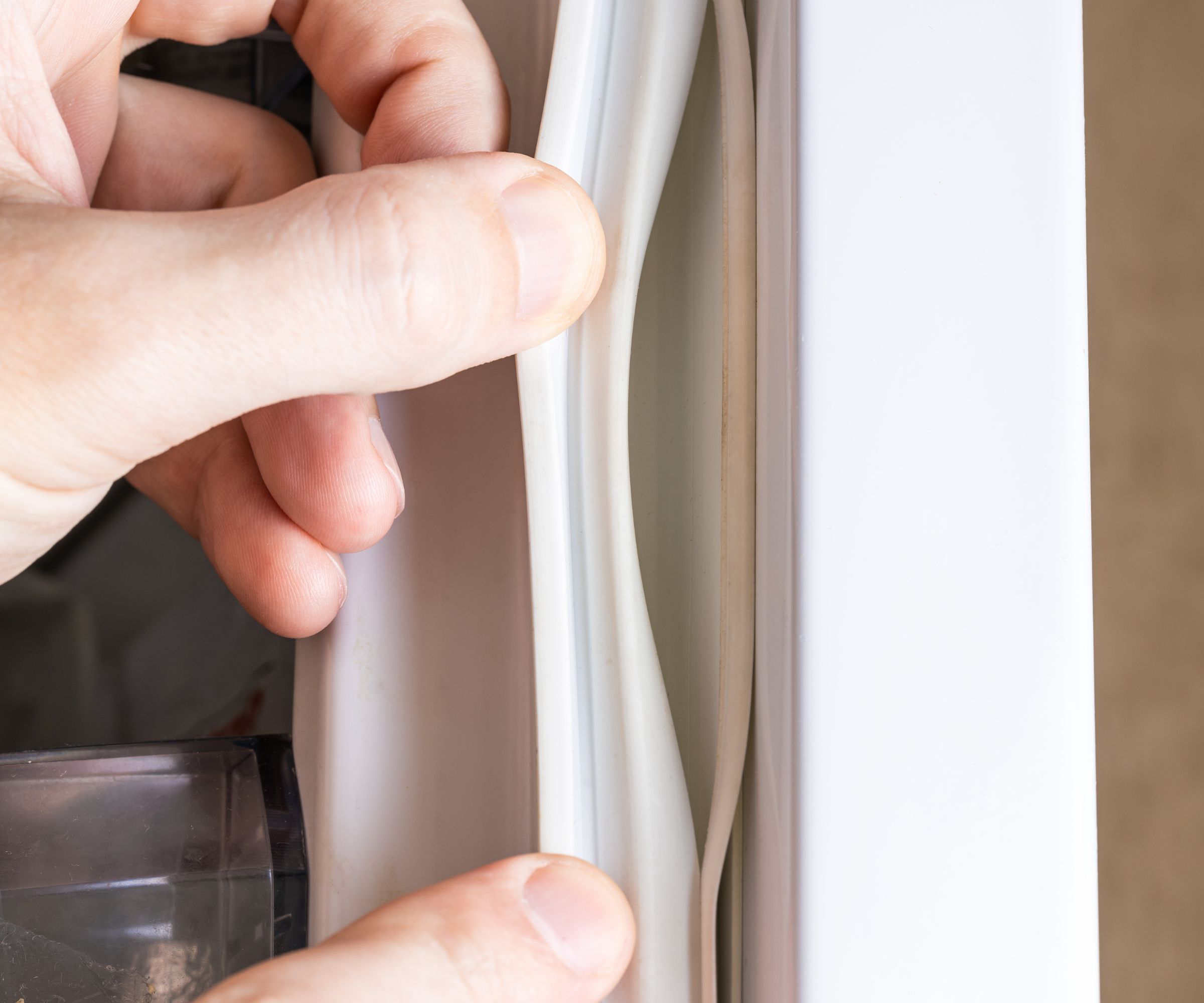
‘A broken door gasket or seal is another common reason for a leaking fridge interior,’ says Ron Shimek of Mr. Appliance, ‘or even something preventing the door from closing completely. See if the door has been left even the slightest bit as this can cause condensation on the ceiling, dripping down into the rest of the fridge. In this case, wipe the ceiling and inside of the refrigerator out and make sure the door is closed tight.
‘Make sure your door is closing properly and nothing on the inside is keeping it from closing, and shorten the times you have the door open and let external air in. Also, allow foods to cool before putting them in the refrigerator,’ Ron advises.
If your door is closed but there is still leaking, then you might need a new seal. Signs you need a fridge seal can include visual cracks, tears, and rips in the seal or feeling cold air escaping around the edge of the closed door. You can also try the dollar bill test. Place a dollar bill against the door seal and close the door. Then, pull on the dollar. If the dollar slides out easily you might need a new seal If the dollar stays put, the seal is fine.
It can also be worth checking how cold a refrigerator should be. If your fridge is often hotter than this, it could be a sign that the seal is not working.
Many of the best places to buy refrigerators also stock maintenance parts such as replacement door gaskets, making it easy to replace the seal at home.
4. A water dispenser tank is cracked
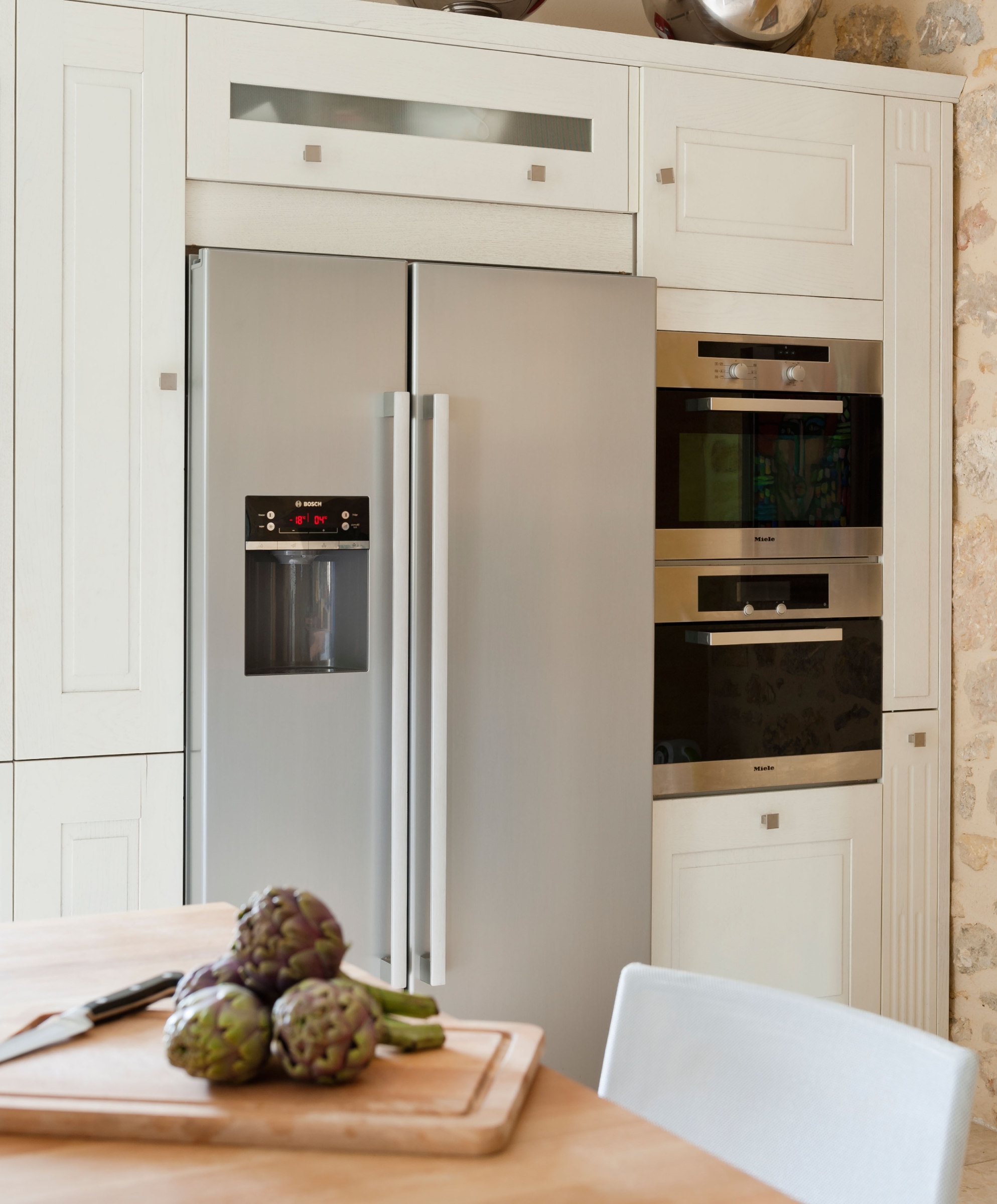
When buying a refrigerator, whether or not to opt for a water dispenser is a big decision. One thing to note is the more accessories your fridge has, the more components there are that can cause leaks or malfunctions.
‘An easy-to-spot cause of an internal refrigerator leak is if a water dispenser tank has a crack in it,’ says Punteha Van Terheyden, head of Solved for Homes & Gardens. ‘This could be caused by something banging into the tank when the door closes, or ice build-up causing the plastic to expand and contract, weakening the material.
‘Start by thoroughly drying your water tank to remove any condensation,’ she suggests. ‘If you cannot see a clear crack at this point, try topping the dispenser up with some water. Wait and watch to see if any beads of water begin to escape from the tank.’
If a leaky tank is the culprit, you may be able to get a replacement water dispenser online or through a service for your refrigerator, depending on your make and model.
5. Your water filter needs to be replaced
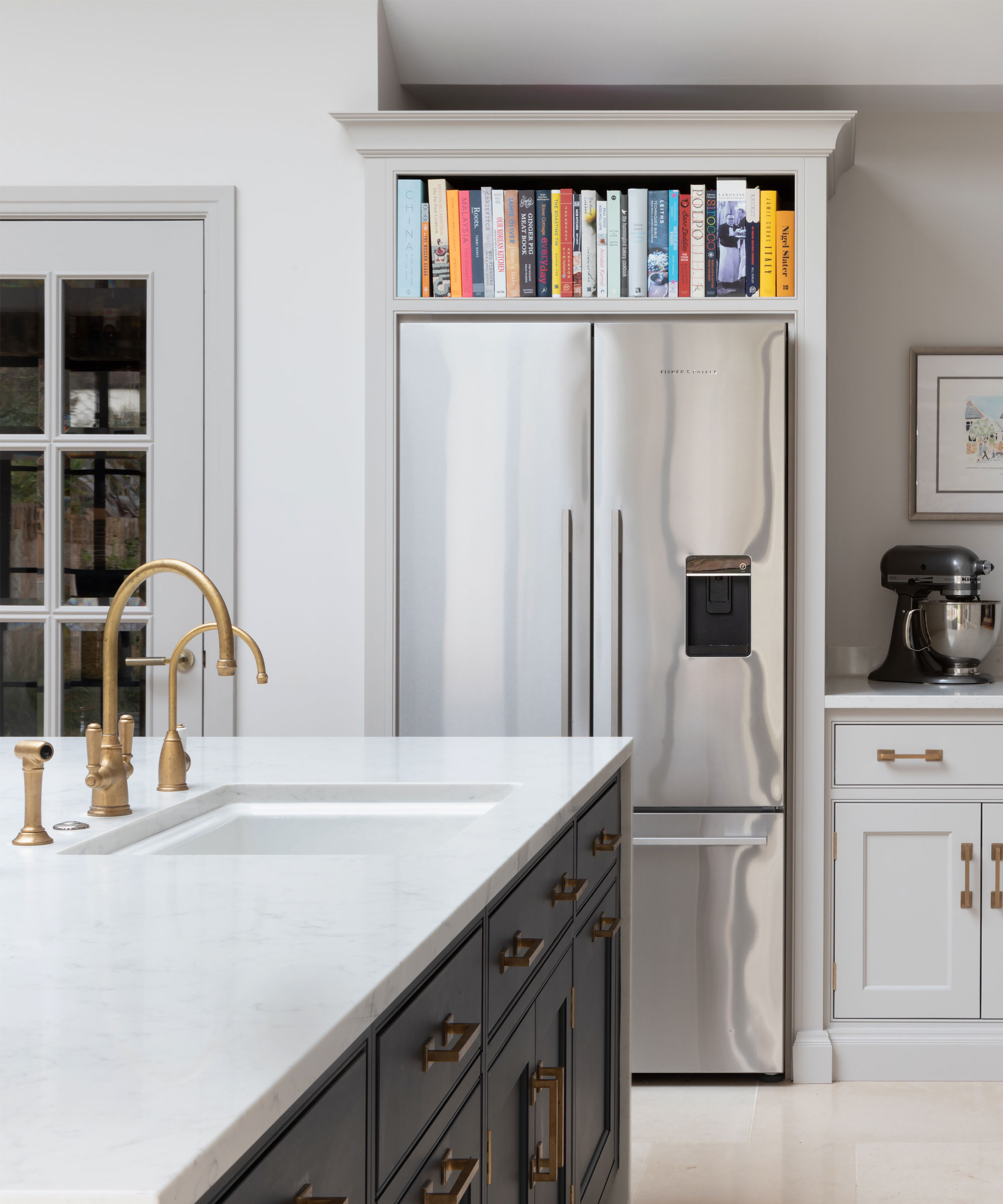
Almost all water dispenser units have a water filter built-in.
A water filter over six months old can start to become defective, preventing the proper passage of water and causing a gradual leak. This is one of the easier internal refrigerator leaks to fix and requires simply removing or replacing the filter with a new one.
Many fridges have an indicator light that will let you know when the filter is nearing the end of its life and needs replacing. Other signs you can look out for are slower water dispersal, water discoloration or visible particles in the water, or differences in taste.
How you change the water filter will depend on the make and model of your fridge, so you should check the manufacturer's instructions for more details on how to do this safely. Only use filters that are approved for your fridge to avoid further damage in the near future.
6. Something else in your refrigerator is leaking, like a carton
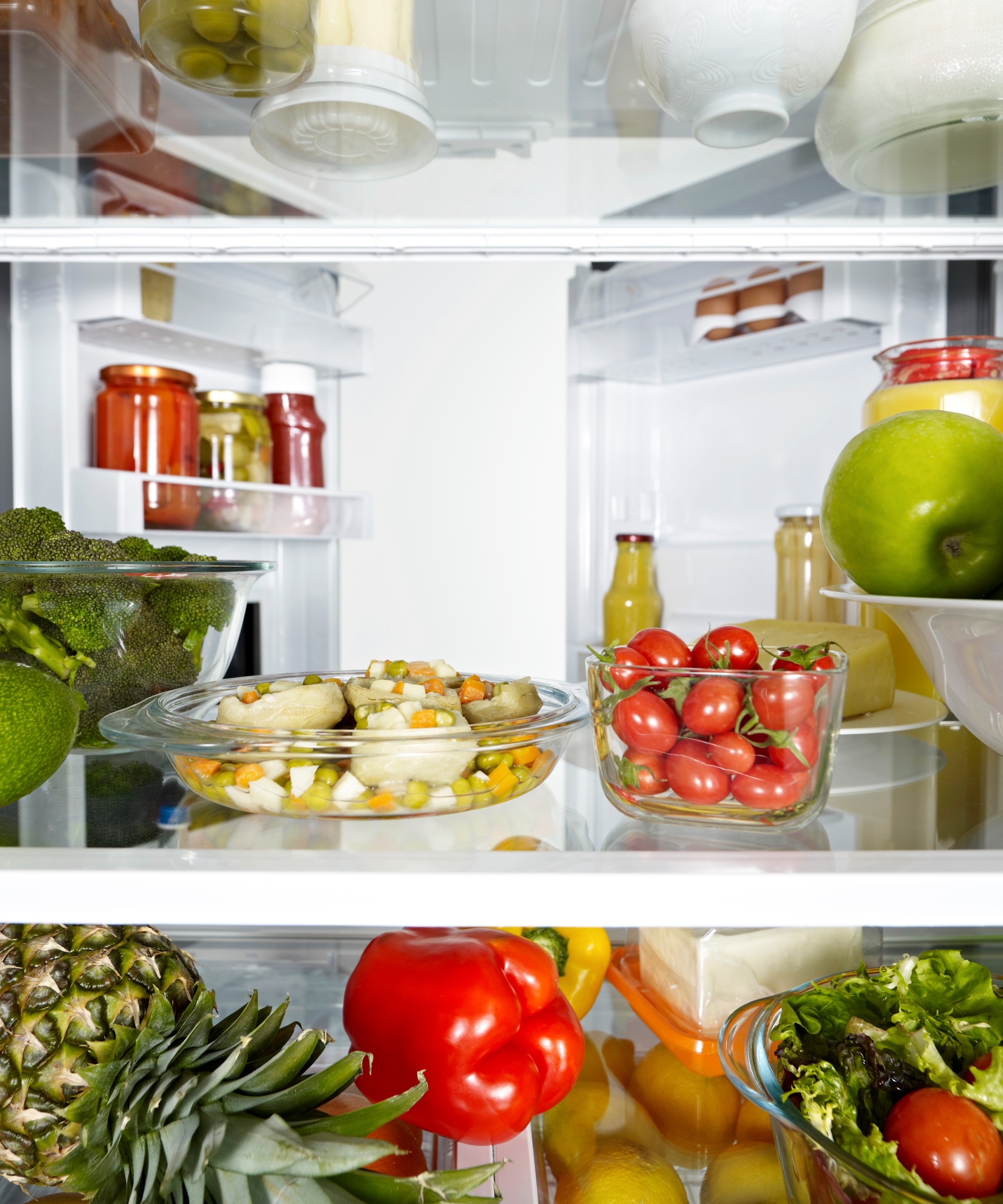
‘It could also be something as simple as a bag, can, or another container of liquid leaking,’ Ron Shimek says. Besides ensuring you practice safe food storage tricks to extend the life of your groceries and avoid adding things you should never store in a refrigerator, the first thing you should do when checking for the source of an internal leak is to empty all food and products out of your fridge and dry the shelves and drawers.
7. The weather is particularly humid

‘It might have something to do with the weather,’ suggests Jen William, founder of Address the Home. ‘When it's very humid, extra moisture enters your fridge every time you open it. The moisture condenses and builds up. The drain or drip pan then gets too full and overflows into the fridge. If you notice this, you can just start emptying the pan once a day when it's extra hot and humid. If it's getting out of hand, get a fridge dehumidifier that sits inside, such as this small Eva-dry mini dehumidifier from Amazon.’
When placing a refrigerator in your kitchen, try to keep it away from external doors and windows, and warm ovens to prevent condensation from building up as quickly.
Maintenance to prevent internal fridge leaks
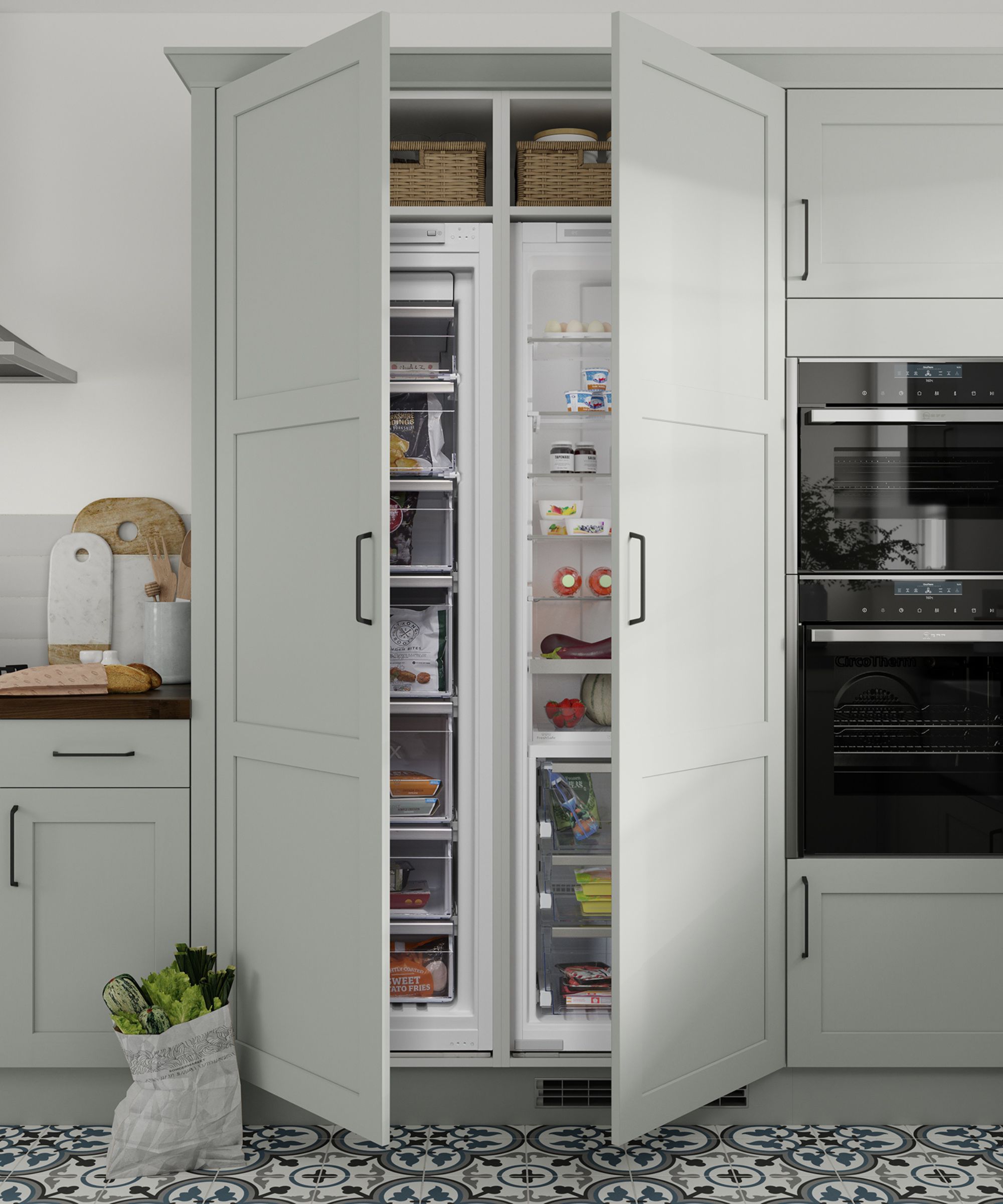
Prevention is always better than a cure. To prevent a fridge from leaking water inside, check that the drainage hole is always clear from obstructions (especially when refilling a fridge after a grocery shop), ensure the fridge stays level on the floor so that water is always directed towards this drainage hole, and keep your fridge clean.
Check the fridge every two to three months for damage. This can involve checking the water lines if you have a water dispenser and checking the filter to make sure that it is clean and doesn't need replacing.
Finally, maintain your fridge and your kitchen temperature. Avoid putting your fridge next to doors or ovens, where temperature fluctuations can force a fridge to work overtime and start to leak. Similarly, check you are not nocking the internal temperature controls (usually found on the 'ceiling' of the fridge) when putting things away inside. Turning this up by accident can lead to ice buildup, while turning it down can lead to defrosting, both of which can lead to puddles on the base of your refrigerator.
Water leaking inside a fridge can be annoying, but it is rarely a serious issue that cannot be quickly resolved. While repairing the issue, consider using an empty bowl to collect leaking water so that it does not drip out onto the floor and cause damage or require further cleanup.
To keep food you have removed from the fridge cold, bundle it up in an insulated bag if you have one to hand, or a clean cardboard box, with ice packs and clean towels dampened with cold water. This is not a long-lasting fix, but it will help to keep food fresh for an hour or two while you work.

Chiana has been at Homes & Gardens for two years and is our resident 'queen' of non-toxic living. She spends most of her time producing content for the Solved section of the website, helping readers get the most out of their homes through clever decluttering, cleaning, and tidying tips. She was named one of Fixr's top home improvement journalists in 2024.